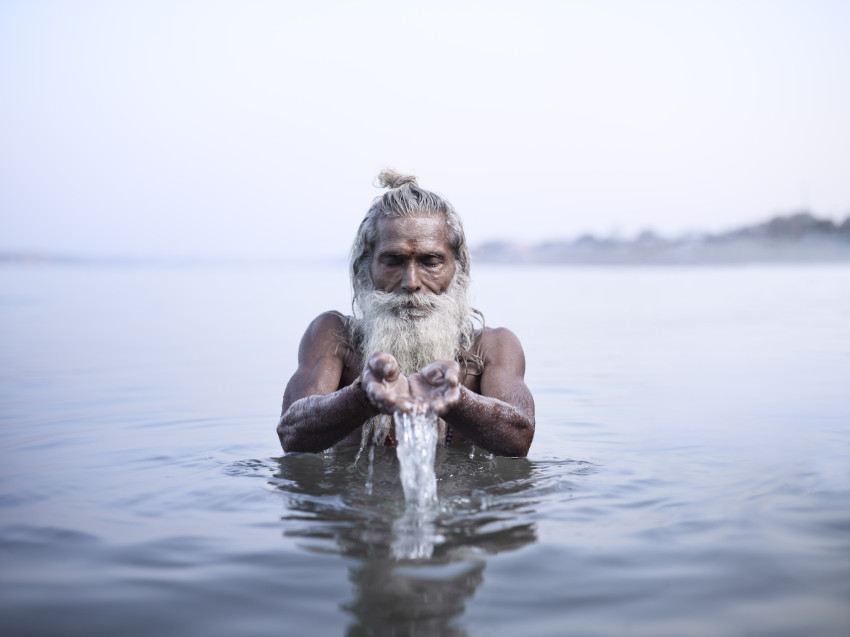Joey L: 'Photography is a way to explore the world'
I think it’s a very obligate question, to ask you how you’ve been getting into photography. Was it the urge to explore? I read you did a bit of urban exploring in the past.
'My interest in photography was born from many different things, but urban exploration was one of the things I was enthusiastic about. My friends and I used to sneak into abandoned psychiatric wards in Canada and take photos of each other, or find some old factory and do promotional shots of the musicians I was working with at the time. I spent a lot of time with Dutch electronic artist Benjamin Bates jumping over fences in nearby Antwerp, armed with our cameras. I am lucky there was not really any social media like Instagram to brag about it in those days, because I'm sure it would have led to our arrest!'
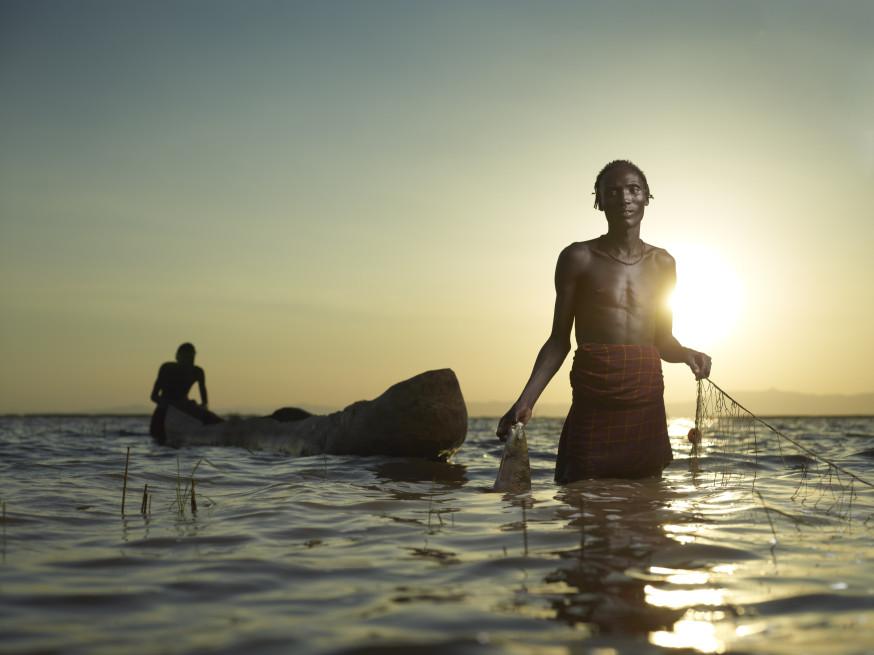
I read that in your youth the thing you really wanted to do was getting out of Canada. But the distinction between wanting to go to other areas of the world, and actually take on these large undertakings is quite big. I’m curious about what it is in your personality that let you do these things even when you were very young.
'I feel fortunate to be raised in a small town in Canada, but I always knew I would never stay there. I think I am among the first generation to be raised while being almost constantly connected to the internet, and our world view is that of a plugged-in international community, even if you are from the middle of nowhere. I was curious of what was beyond my small town, and wanted to experience it rather than seeing it on a computer screen.'
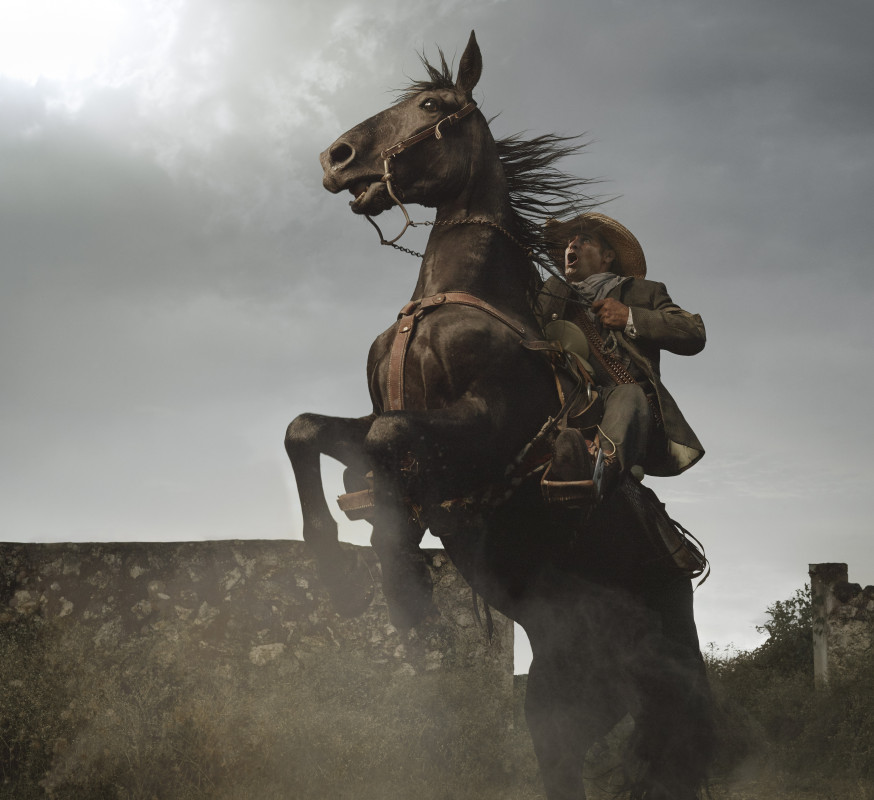
'I don’t have any formal education beyond high school, and I’ve never really had a normal job, so I think those things help in not making any excuses, and force me to do everything I can to follow my passions. Perhaps getting too comfortable with life can be the biggest detriment to personal growth. I never had a plan B for a career besides photography and filmmaking, so that has fuelled my drive more than anything else. I think in today’s times, you have to dedicate your entire life to something in order to become masterful at it. But if you are willing to do that, you also have to be prepared to make a lot of sacrifices.'
What is the essence of your photography? Or let me make the question slightly more difficult, why do you do what you do?
'Photography is a great excuse to hang out in people's homes you don't know for the day. With that said, of course I am serious about the final photographs themselves, but I have to admit that photography itself is also a rationalization to explore the world and go places I have an interest in, but not necessarily a true purpose beyond observation. It can reveal things you never knew about humankind itself, or even things you didn’t know about yourself.'
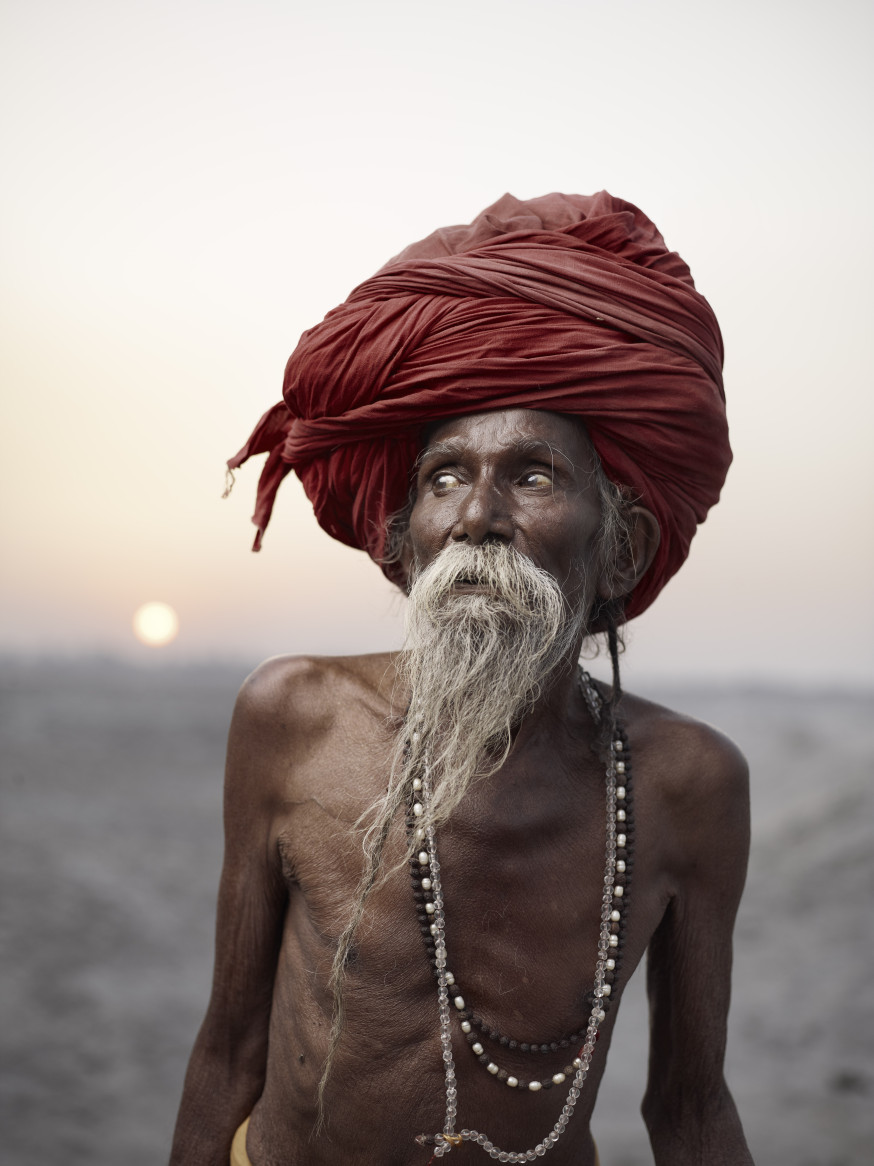
How do you think or hope other people see your work?
'I like to create work that can be viewed by the masses, but I hope those with trained eyes notice the nuance in technique. This could be balancing artificial light with ambient natural light, the subtle expression of the subject, or the way he or she is presented within the composition of their environment.'
'It seems to me that there is a very massive gap and amount of between 80-100% quality in a final image, while getting from 1-80% is very easy. Sometimes you can leap across this gap by a careful balance of being well prepared and thoughtful in your approach, and just sheer luck and stumbling upon something incredible. Other times, you can pass the gap with hours being critical of your own work and investing time into learning so that you can grow and ultimately achieve your true vision.'
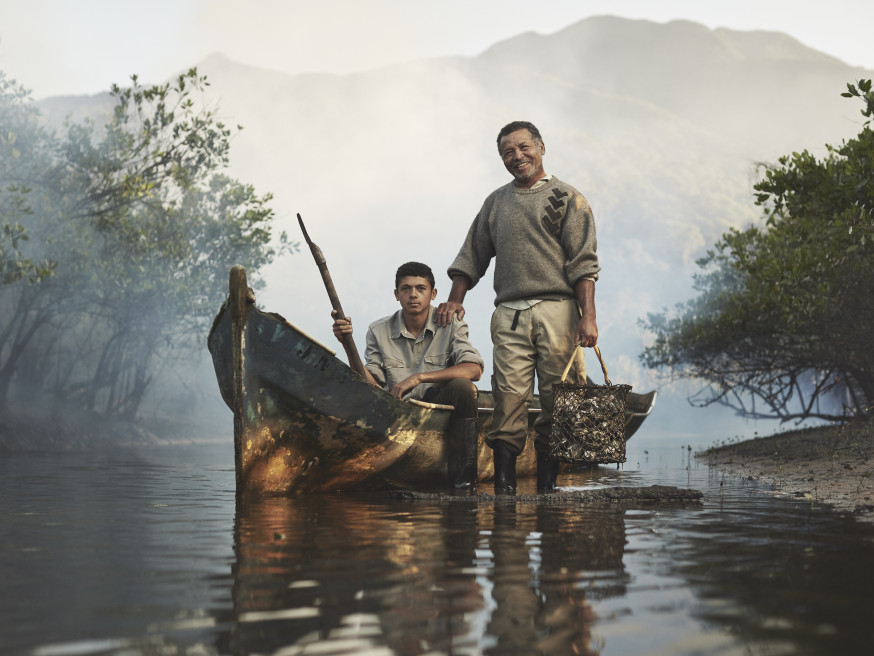
Are you in secret an anthropologist, who uses his camera as an instrument?
'The thing is, I often become very captivated with the people and cultural groups featured in my projects, which then results in multiple trips to the same locations for long stretches of time, and obsessive reading about the history and subject matter. Before my first visit to a new place, I will try to know as much as I can, but it is often in the second or third trips that I have learned enough to feel dedicated beyond just being a photographer taking pictures. In the end, staying informed in this way always leads to better photography because you can really connect with your subjects and get past the temptation of surface-level nonsense.'
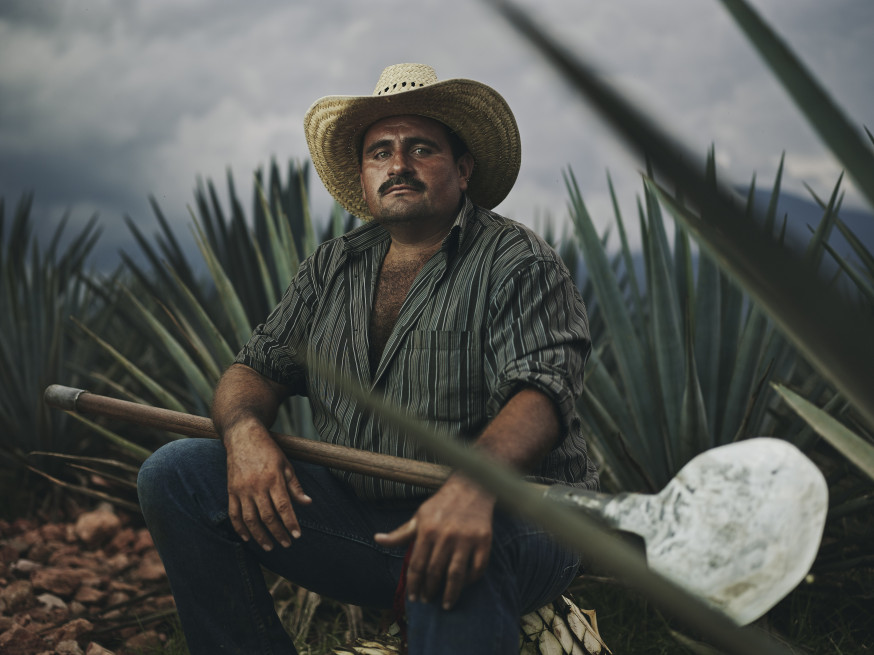
The way you work in remote areas, with medium format and flash, is not one done on a regular basis by other photographers. Why did you chose to do it this way?
‘I consider myself a portrait photographer and not a photojournalist, so within this path, you can use any tools that are necessary to convey the story. In the photos where I balance ambient light and flash, I am trying to draw attention to the subject by portraying them in a new way. I like to use lighting techniques which can highlight the subject within their environment but present themselves to the viewer with dignity. Often times the subjects I deal with are condemned to a specific style of photography only, and human beings’s have the uncanny ability to become fatigued by seeing the same thing over and over. The only way to draw eyeballs is to do something fresh and new. Sometimes I succeed in this, other times I fail.'
Talking about gear. You do use a medium format Phase One. You have a love and hate relationship with the thing, because of its buggyness. Can you tell us a bit about that?
‘Well, of course when the camera actually works, it can create beautiful images, and its slow format often compliments my style. However, these medium format systems exist a non-consumer friendly market (they are god damn expensive), so there is not as many sold, which means not as much rivalry between competing brands, which does not lead to innovation. In the DSLR market with Canon VS Nikon, the two brands are constantly battling and the consumer benefits by getting new features. This doesn't happen enough in the medium format world. In a studio scenario, my camera is totally fine. However, when I take it with me on the road to rugged areas Southern Ethiopia, remote islands in Indonesia, or war in Iraq and Syria, all the bugs start to reveal themselves. However, I do it because it's worth the extra trouble.'
In recent years Nikon and Canon have made dslr camera’s with mindblowing medium format resolution. Off course it’s a totally different system, but do you consider them a competition to the picture quality you’re working with?
'At this point, the DSLRs are not comparable because the look of medium format is something beyond just megapixels. You must also consider tonal depth and lens choice- this is where medium format takes on it’s very specific look. I hope that one day the medium format cameras I use become more innovative, but until then I’ll continue to struggle along with it. I am open to any brand bridging this gap, and I will use whatever camera that comes along that produces the best result for my style.'
With one of your latest works, the photographs you made in Iraq and Syria, I think your work took a turn. Suddenly you became some sort of journalist. You have always told stories in your work, but this story is of a different, urgent, kind. How do you see this transition?
'I still consider myself a portrait photographer, but I suppose these new images involved themes that people associate with the news: war in the Middle East, ISIS, Kurdish fighters.'
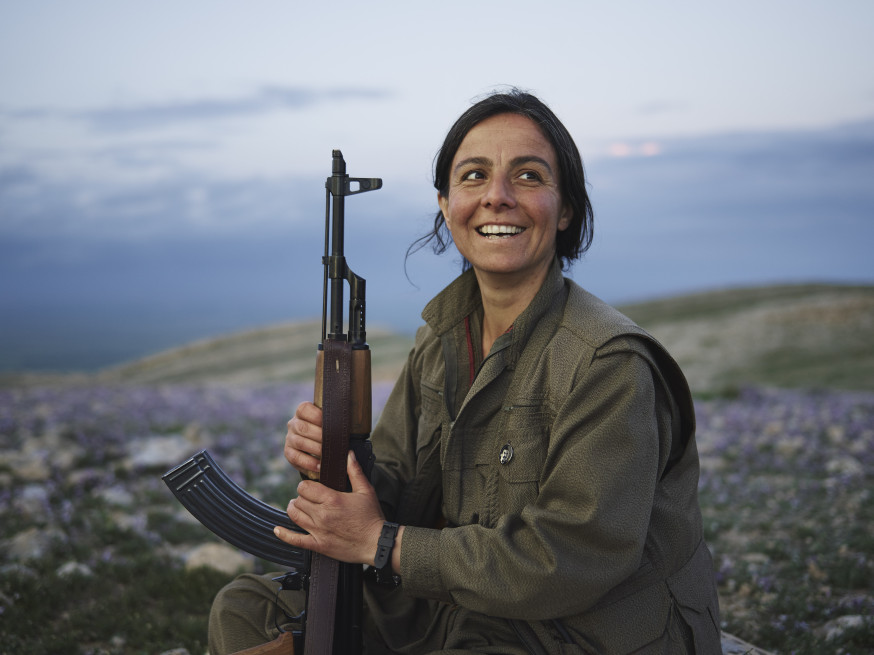
'My work is less about showing something happening and reporting it instantly to try to keep up with the news cycle, and more about creating something that will resonate and remain evergreen for longer. So, I have tried my best to include the environments to give a visual sense of place, but still have the image based around the simple power of a portrait.'
Will these experiences change the way you’re going to shape your future personal work?
‘You can’t go to a war like that and not see have it influence you in all aspects of life. Because there is little different between my personal life and my work, then of course it will affect my photography.’
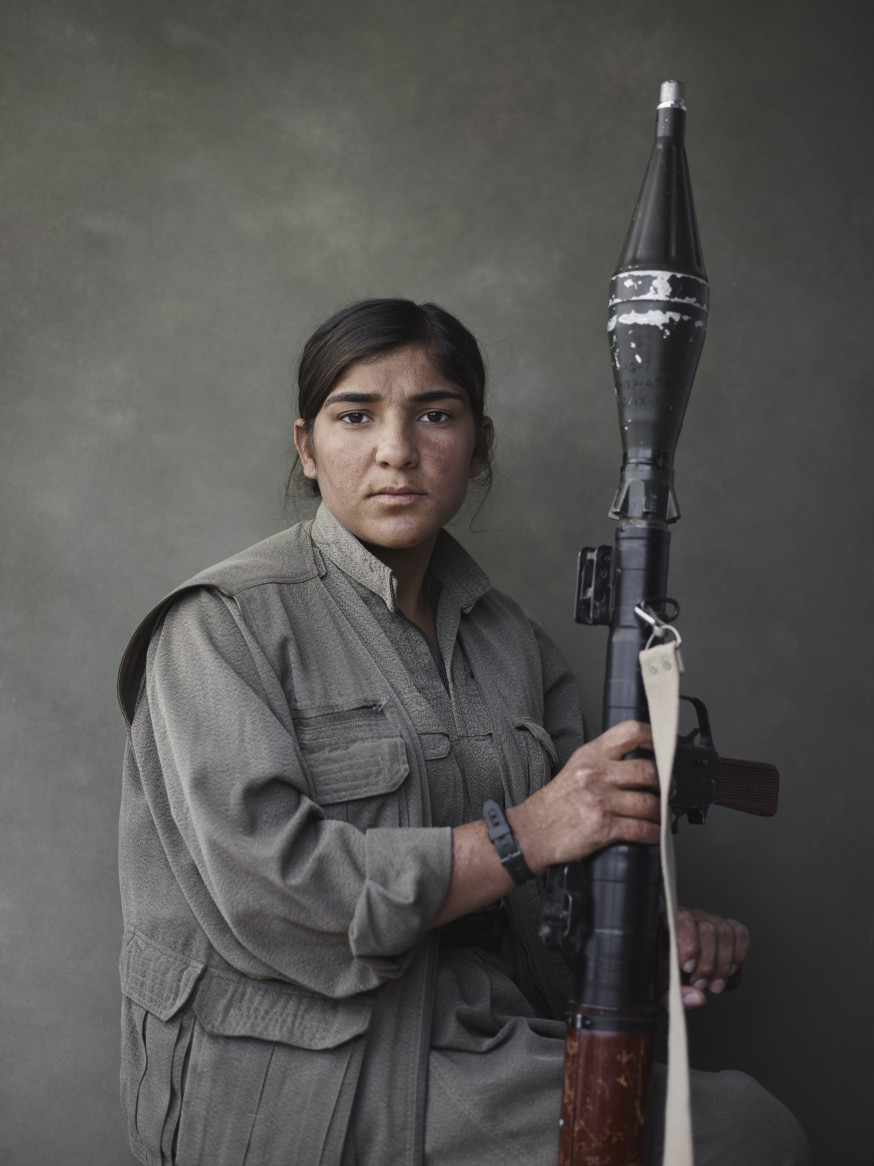
How do you see your work evolving in the future? Are there areas in photography and film you want to explore?
'I have been filming a lot more behind the scenes of my photoshoots and turning them into documentaries. On the serious spectrum, the video I uploaded to Vimeo called “Guerrilla Fighters of Kurdistan” got more eyeballs on the photography series itself than I could have ever imagined. I didn’t plan on this when I set out on my first trip, but when I returned I decided to weave together the intimate raw GoPro footage I had, narration of my observations, and the final photographs to make a sort of mixed media piece to show more context into the photography series. On my second trip to the region, I actually repeated the same style, which I am working on the edit of now.'
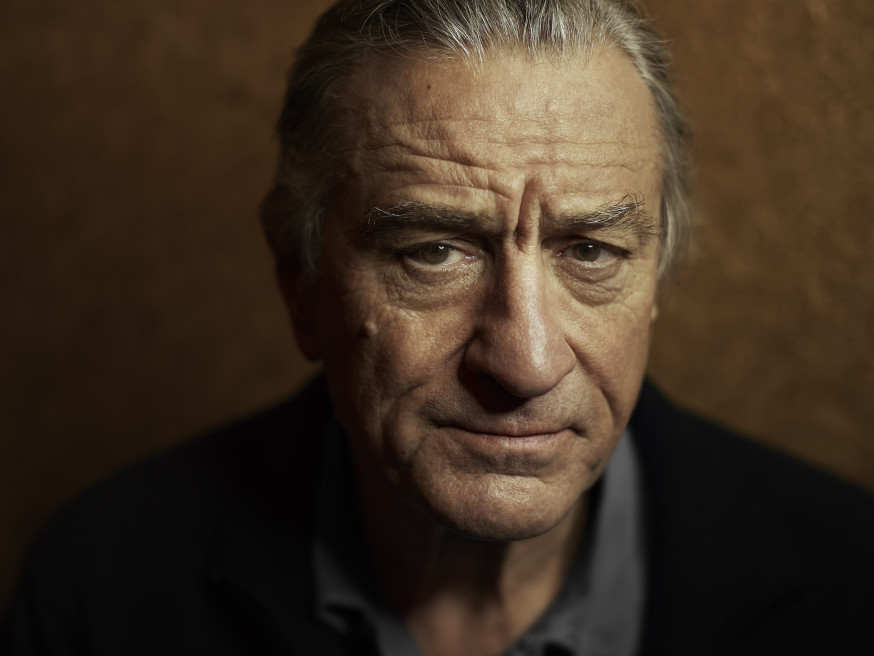
Can you tell us about the way you make the people you photograph feel comfortable and safe. Because although these people live in the 21st century, some of them might not know what photography is or what it can do.
'I have been saying this for a long time and I’ll say it again- photographers do have a great responsibility in the way they present their subjects. It’s so easy to forget, especially with the disposability of digital images. We must remember that these images can reach far- and be transmitted instantly to every corner of the globe. That is powerful.'
'As for approaching subjects, every human being is different, and therefore a photographer must know how to adapt their message to every single unique person that is in front of their camera. It’s usually a good starting point to remind your subject why taking their photograph is important to you. You can also get them involved in the process itself and make suggestions on how they would like to be presented to the world. Ultimately, the photographer should decide, but photography can become a collaborative process, and not be confined to just snapping photos.'
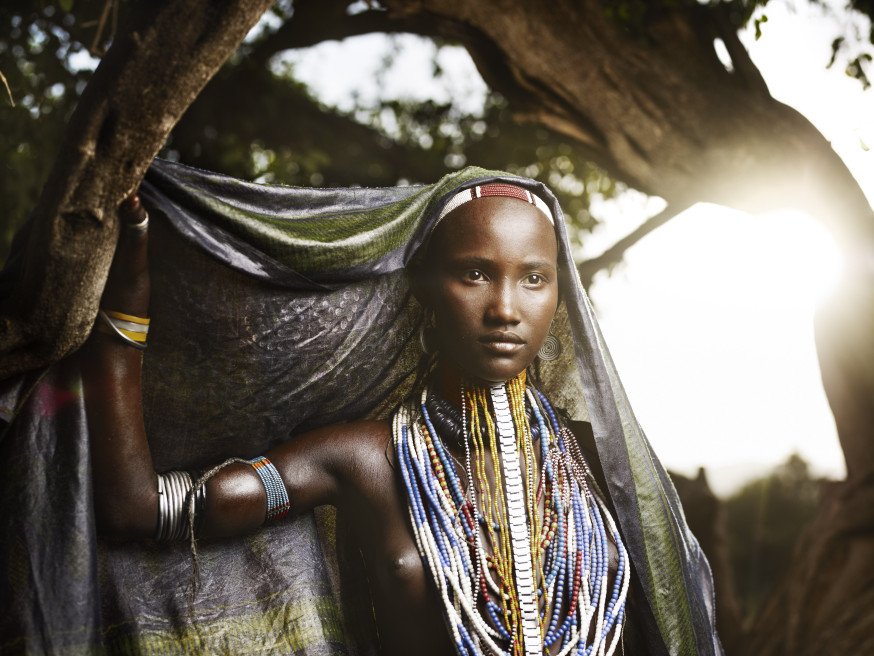
'If one thing is true, there is no general rule except for being able to emotionally read people. For example, specific techniques I could tell you about for making someone comfortable in front of the camera who has never seen a camera before would be completely different from photographing a celebrity portrait with the clock ticking at 5 minutes. What is the same, however, is that these are both human beings that will respond to your words, your confidence, and your every subliminal signal you send. Tell them who you are, why you came, and why it's so important to get this photo right. It’s not about clicking buttons, it's about creating a lasting visual record.'
Joey Lawrence (26) New York
Joey L, officially Joey Lawrence, is a photographer from Canada who earned attention at very early age with his portraits made in remote corners of the world. For nearly ten years he travels the globe to make his own work. Besides those shoots he works regularly for American television and film.
C: Mamiya 645DF+ with Phase One P65+ digital back
W: Joeyl.com
This is the English version of the interview in DIGIFOTO Pro, issue 2.2016.

